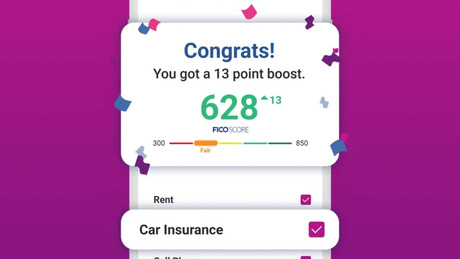Ad Mediation
What is Ad Mediation?
Ad mediation is a digital advertising strategy where multiple ad networks are managed through a single SDK to help publishers increase advertising revenue, fill rates, and efficiency for their available ad space. In-app bidding is the most lucrative type of ad mediation. Prior to the advent of in-app bidding (also sometimes called real-time bidding), the most popular method of ad mediation was the waterfall model.
How does ad mediation work?
Ad mediation platforms automate the process of choosing the best ad network for each ad impression by evaluating various factors such as CPM/eCPM, fill rates, ad formats, and user demographics. The platform uses algorithms to compare the performance of ad networks and selects the one with the highest revenue potential for a particular impression. This ensures that the publisher always receives the best possible ad revenue for their inventory.
The ad mediation process involves several steps. First, the publisher integrates the ad mediation platform SDK into their app. This SDK leverages audiences insights and sends them to the ad mediation platform. Next, when a user opens the app, the SDK requests an ad from the mediation platform, which then selects the best ad from its pool of ad networks. Finally, the selected ad is displayed in the app, and the publisher earns revenue from the ad impression.
Ad mediation platforms can also provide real-time reporting and analytics to help publishers track ad performance and revenue. This allows publishers to optimize their ad inventory and improve their overall ad revenue. Additionally, ad mediation platforms can help publishers avoid ad network conflicts and reduce ad latency, which can negatively impact user experience and revenue.
What is waterfall mediation?
Waterfall mediation is a technique used in digital advertising to optimize the selection of ad networks or ad exchanges for a particular ad impression. In this method, a series of ad networks or exchanges are arranged in a sequence or “waterfall.”
The process begins with the first network or exchange on the list, and if they have an ad to serve, the ad is returned to the app or website. If they don’t have an ad, the request is sent to the next network or exchange on the list, and the process repeats until an ad is found or the end of the list is reached.
The sequence of networks or exchanges in the waterfall can be based on various factors, such as historical performance, CPM/eCPM, fill rate, or other criteria. The goal is to maximize revenue by ensuring that the highest-paying ad is served while minimizing the time it takes to find an ad.
While waterfall mediation was once the most popular method, in-app bidding has since become the preferred method of mobile ad mediation.
What is in-app bidding?
In-app bidding is a programmatic advertising method that allows multiple demand sources, such as ad networks and DSPs, to bid in real-time for ad inventory within a mobile app.
When a user opens an app, the app publisher’s ad server sends a request to various demand sources for ads. Each demand source then responds with a bid for that particular ad impression, and the highest bidder wins the auction and gets their ad displayed in the app.
The main difference between in-app bidding and waterfall mediation is the way they handle demand sources. While in-app bidding treats all demand sources equally, allowing them to compete in real-time, waterfall mediation prioritizes certain demand sources in a certain sequence, and only contacts others if the first choice fails.
The advantages of in-app bidding include more efficient use of ad inventory, higher fill rates, and better ad revenue for the app publisher.

